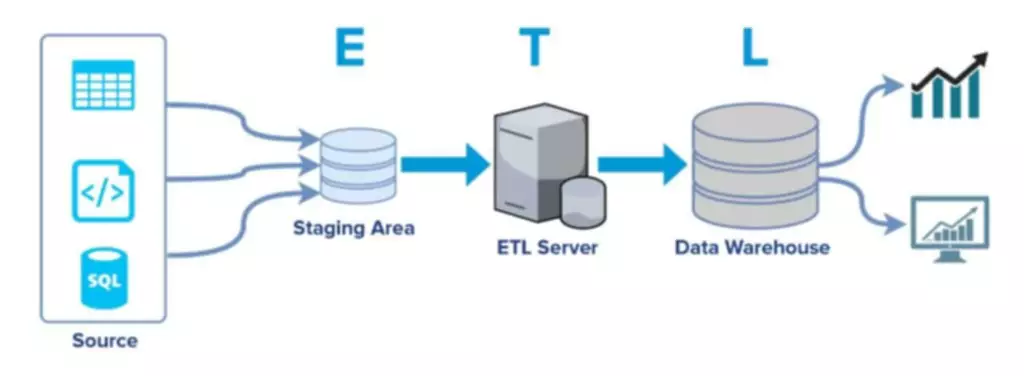How To Trade Forex Using Price Action
By examining how price reacts at key levels of support and resistance, we can spot potential entry and exit points. This makes it possible to trade with confidence, even in volatile markets. One of the most exciting things about Price Action is that it works across all timeframes and market types, whether you’re scalping on the 1-minute chart or swing trading over weeks. The key is learning to recognize candlestick patterns, chart formations, and the overall market structure. When we use Price Action, we’re like detectives piecing together clues to understand the market’s intentions. With practice, it becomes second nature to spot trends, reversals, and breakouts, making us more confident in our trades.
Volume also plays a role in reversal trading; declining volume in an uptrend might indicate weakening buying interest. Combining this with trend lines and market structure analysis helps us confirm potential reversals. Once we spot a reversal, we wait for price confirmation, such as a break of a trend line or the formation of a new lower high in a downtrend. Patience is key, as entering too early may expose us to false signals.
- In a downtrend, lower highs and lower lows indicate that sellers are dominating.
- By understanding the principles of support and resistance, trendlines, and candlestick patterns, traders can identify potential trading opportunities and make informed decisions.
- The master trader integrates both, using market structure to identify where to look, and price action to pinpoint exactly when to enter or exit a trade.
- In other words, if you are trading a correction, your position will take the same time as a regular trend movement.
- This combination helps us filter out low-probability trades and focus on opportunities backed by both technical and fundamental factors.
Is price action trading suitable for beginner traders?
Watch for a quick move below support (or above resistance) that rapidly reverses before the actual breakout occurs. This “spring” effect often precedes the strongest breakouts as it clears out weak positions before the main move. These patterns often form recognizable chart patterns like ascending and descending triangles, which further confirms the directional bias.
A huge reason traders get stuck with indicators, expert advisors, robot how to trade price action in forex systems etc, for so long before breaking away is because of the mindset that they instill. They breed a mindset of not only getting rich quick, but of the continual search for the ‘Holy Grail’ or silver bullet to fix all problems and be the answer to everything all at once. There are a large number of Price Action patterns from which a trader can choose the most suitable for themselves and their trading style. It is enough to master a few Price Action patterns and work them out as much as possible.
Another reason for its popularity is that it has simple entry and exit rules. As soon as the pattern shows up, you wait for the price to break out of the neckline to the downside. Place a stop-loss order above the right shoulder and set your profit target based on the same height as the peak from the neckline. A price action pattern may be made up of as little as a single candlestick to as many as tens of candlesticks. Candlestick patterns are what we call those patterns that are made of less than four candlestick patterns.
Since 2006, she has specialized in technical, fundamental, and economic analysis of financial markets. Known for her economic reports and analyses, she covers financial assets, market news, and company evaluations. She has managed finance departments in brokerage firms, supervised master’s theses, and developed professional analysis tools. Price action trading is widely used by retail traders, professional traders, and institutional investors across various markets.
Low Volume Pullbacks in Trends
Traders are making trading rules and trading plans and then breaking these rules the very next trade. What I mean by this is that, traders often look to take the psychological burden or weight off their shoulders. The strategy is popular among traders, including famous successful traders, such as Lance Beggs, Joe Ross, and Nial Fuller. But I can say for sure, it is good for every trader to know the basic Price Action patterns. They are the basics of trading, and who knows when you will need this information. All data is taken from the exchange where the futures contract for an instrument is traded.
Trading platform
- These occur where supply and demand are balanced, while breakouts from these areas signal one side gaining control.
- Avoiding common price action trading mistakes is crucial to success.
- For instance, when a market shifts from an uptrend to a range, we can adjust our strategy to focus on trading between support and resistance.
- You should always try to trade in accordance with the prevailing trend whenever possible.
- The main idea of this approach is that the price in the market will always tend to an equilibrium state, balance.
Price action strategies provide a valuable approach to Forex trading by focusing on the price movements of a currency pair without relying on technical indicators. By understanding the principles of support and resistance, trendlines, and candlestick patterns, traders can identify potential trading opportunities and make informed decisions. Price action strategies emphasize the importance of patience, discipline, and risk management, allowing traders to navigate the volatile Forex market effectively. While no trading strategy guarantees success, price action strategies offer a solid foundation for traders seeking to improve their profitability and consistency in the Forex market.
Good assistance in trading is provided by the price action indicators. It can be used by both newbies, and professionals, who are engaged in candlestick analysis. Indicators are one of the primary and necessary trading tools when you build a forex trading system. These candlestick patterns don’t mean much when they appear randomly on a chart without context. For example, if they form in the middle of a price range with no strong preceding trend or near no significant levels, they usually lack trading value.
Trendlines are diagonal lines that connect price lows in an uptrend or highs in a downtrend, providing a visual representation of the trend direction and strength. If a trendline holds, it often confirms a trend continuation; if broken, it may indicate a potential reversal. Price action is a trading technique that analyzes historical price movements to predict future trends without relying on technical indicators or complex algorithms. Forex price action charts are the visual representation of currency pair movements. They provide traders with valuable insights into market trends and potential trading opportunities.













